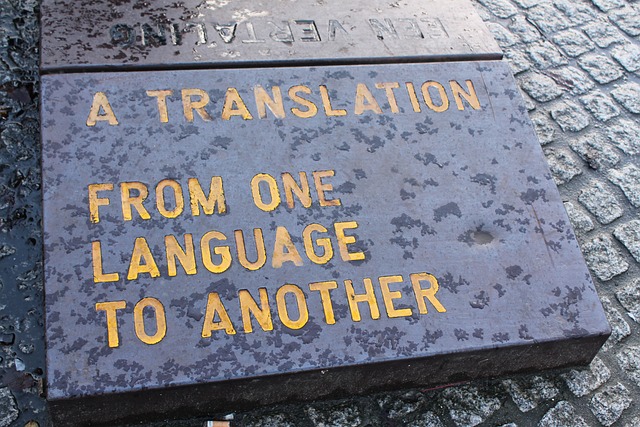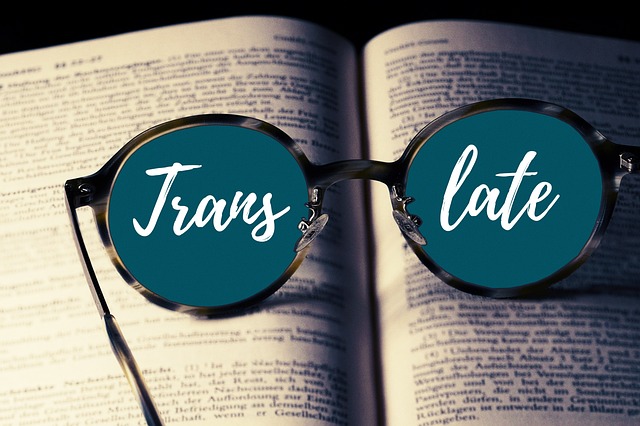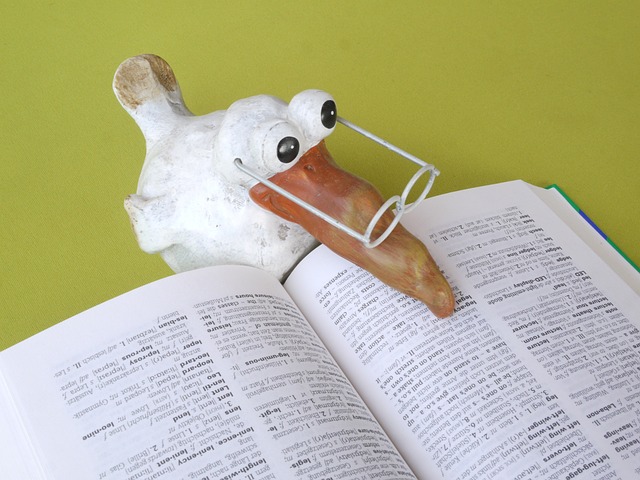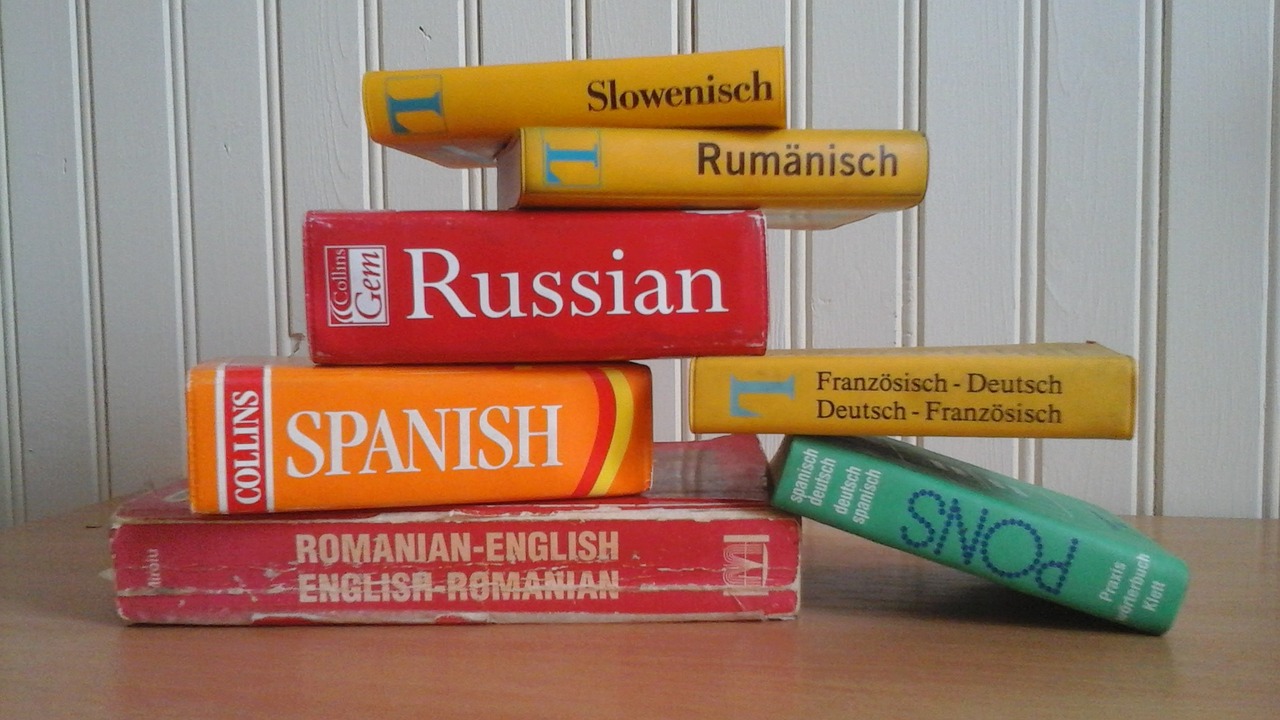Google Translate is a commonly used translating tool, but the question is; how effective it is in translating information for your needs? One of the main reasons it can be used is for language learning. Translating information between your native language and your target language can be very helpful when learning a new language. There are also other reasons to use Google Translate, but no matter the reason for using them, the question that always comes up is how correct such translations are.
Over the past few years, Google Translate has worked hard at improving its ability to provide a good translation of the text that you input into it. If you have not used this translation tool for several years you would be surprised at how far it has come. Although it is doubtful that translation machines could match the skill and nuance of human interpreters and translators, it is still effective when used correctly.

Using Google Translate For Assignments
If you want to get ahead on a language assignment and use Google Translate to do your hard work to translate your essay from English to German, you will be disappointed with the results. The result would be a mostly coherent, non-humanlike German essay. It would contain some grammatical errors, however, it would also contain grammatical structures that you would not usually use, or may not know about yet. Furthermore, there would be words that do not sound natural to a German speaker and wouldn’t be used as they are in the text. Even more to the point, you are only robbing yourself of an opportunity to practice your language skills. One day there may be automatic translation tools you can use in real-time with someone on the street, but it won’t be as personal as simply speaking to them in German. Practice makes perfect and using Google Translate in this way won’t help you get there.
Be careful of using translators too much as you may find that instead of learning the language, you have instead become dependent on translators.
Remember, Google Translate is a tool and should be used as such, rather than relied upon to give you a perfect product for a class or business use. While the rise of AI may help in this area, it won’t help you too much in the realm of language learning.

What Is More Accurate Than Google Translate?
Is there a more accurate German translator instead of Google Translate?
Although Google Translate does a fairly good job, there is a new and upcoming machine translator called DeepL Translator, which also does a very good job of translating texts. Some reviews show that DeepL perhaps uses a slightly better choice of words in translations both from German to English and English to German.
Depending on your needs, almost any machine translator will be able to give you a reasonably good guide for what is being written in the other language.
If you do decide to use a translator, make sure that you are also proofreading the result to ensure that there are no grammatical mistakes and that the words that are used make sense to you.
Generative tools such as ChatGPT will do a decent job of translating some of your work. One of the good things to keep in mind is that AI such as ChatGPT uses large amounts of text to understand what you are asking of it and to respond in the correct way. This means that it’s actually pretty good at conversing with you in a foreign language using correct grammar. Keep in mind though, that the information it gives you, no matter the language, should be verified.
More information on using AI for language learning specifically can be found here.

Positive Uses Of Google Translate
Google Translate will be very useful if you are simply wanting to get the gist of a text, or if there is a specific phrase or words that you do not understand. It can also help with the pronunciation of different words and reading texts to you. On the other hand, this should not be used in place of certified translators or interpreters when official business is being done, such as VISA/residency paperwork, because everyone needs to be sure that the information is being given correctly.
There will almost certainly be some issues with machine translation tools compared to human interpreters and translators because machine translations simply won’t convey the nuances humans can achieve. When speaking to friends in another language, I may phrase a sentence in a particular way to emphasize something specific, whereas a machine translation would simply use the grammatically correct sentence. This can take some of the life out of the language, but this is a great starting point for understanding any text.
If you were to use an app such as Duoling to learn a language, having Google Translate open on the side can also help you. It doesn’t matter if you’re learning one of the easier languages on Duolingo, or one of the most spoken languages in the world, some of which are quite challenging. Duolingo can help you out.
As a side note, if you are looking at learning a new language, or simply want to dabble and dip your toe into learning one, I recommend starting with Duolingo as a first step.

Use Google Translate For On The Fly Translation
One positive use of Google Translate is the ability to use it as a translation tool while you are in another country. Because it can speak out loud, this has the also benefit of removing any issues in pronunciation for you! This can be particularly useful if you are a tourist in another country and need to say something obscure, or simply something you haven’t learned before.
Another way that Google Translate can help in a similar vein, is while you are speaking with a language tutor. If there are words that you just can’t say correctly, or can’t quite hear from your tutor, you can pull up Google Translate to say the words for you. Language tutors, while not necessary, can be very helpful for language learning and can be used in conjunction with translation tools.

Using Google Translate For Language Learning
One of the ways that Google Translate can be used effectively for learning a language is to help you build your vocabulary. Hopefully, you are using Anki for language learning. If not, I recommend that you start as soon as possible.
The reason that Google Translate can be helpful with this is for creating your flashcards. There are a lot of words to be learned, no matter the language you are learning. This means making flashcards in bulk is ideal, and Google Translate can help with this. Incidentally, if you use another translation tool, that is not a problem at all. There are many translation tools out there now, but all translation tools are useful for helping you learn a language.
- Should Everyone In The World Speak A Universal Language?

- The Power of Immersing Yourself In A Language For Learning

- Start Your Language Learning Journey: Duolingo And Other Methods

- Does Learning A Language Help You Learn How Others Think

- Can You Learn a Language Without Learning Its Culture?

- Unlock Fluent Expression: Sentence Builders Across Languages

- Hidden Gems: Underrated Duolingo Languages Worth Learning

- The Ultimate German Pronunciation Guide

- Where To After Finishing Duolingo For Language Learning










